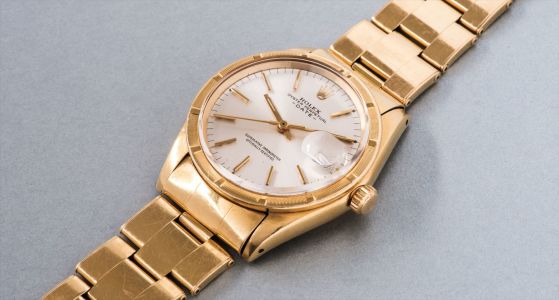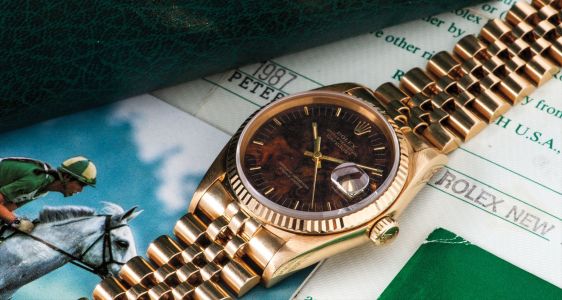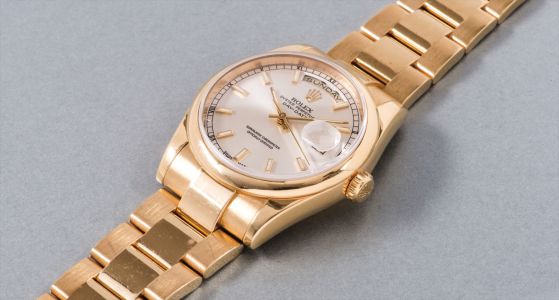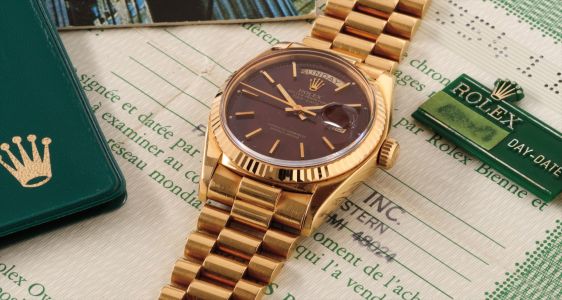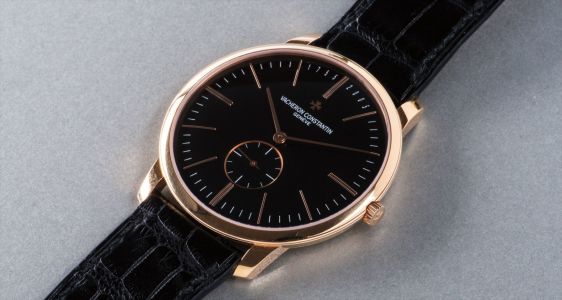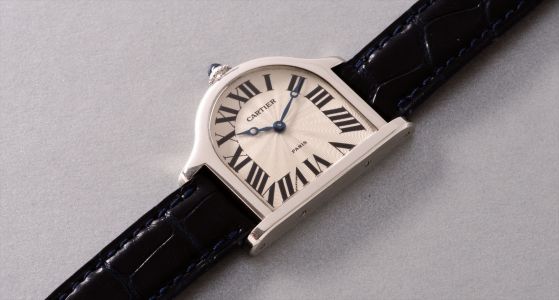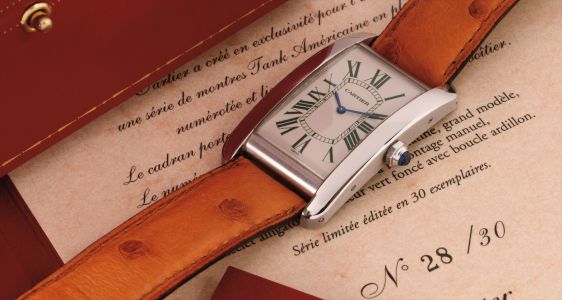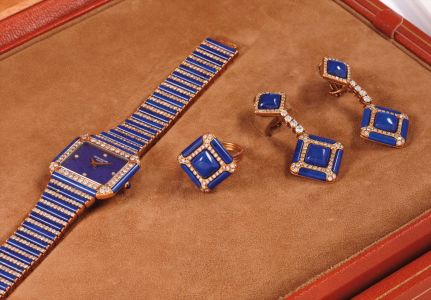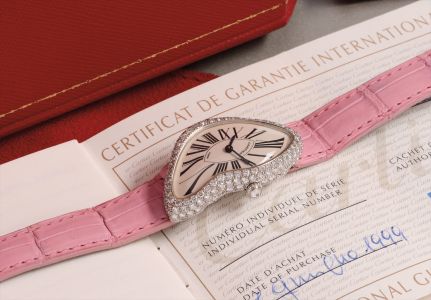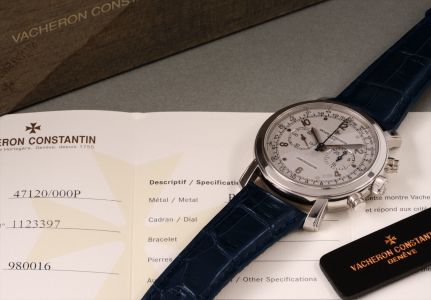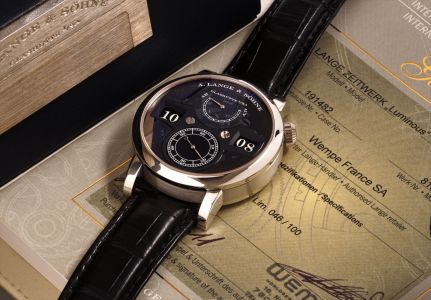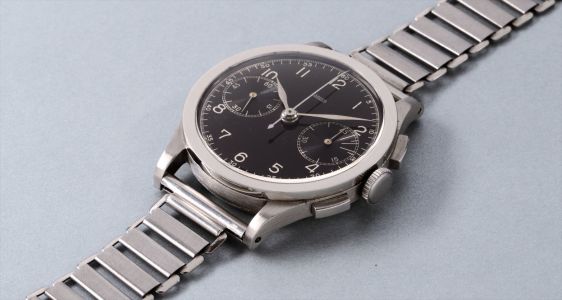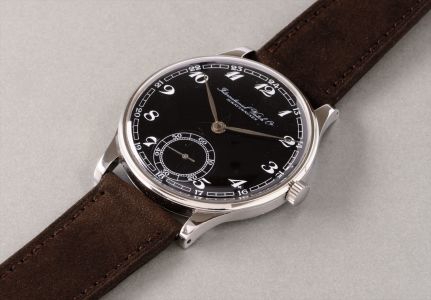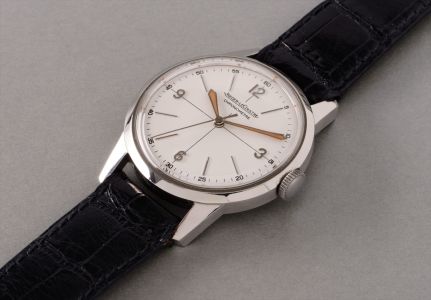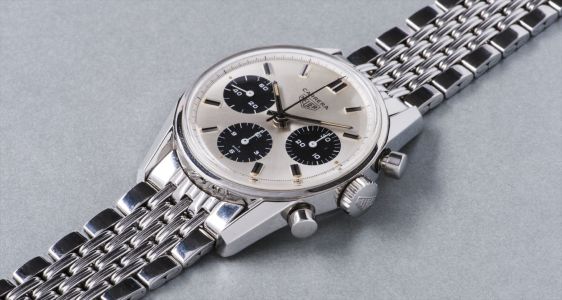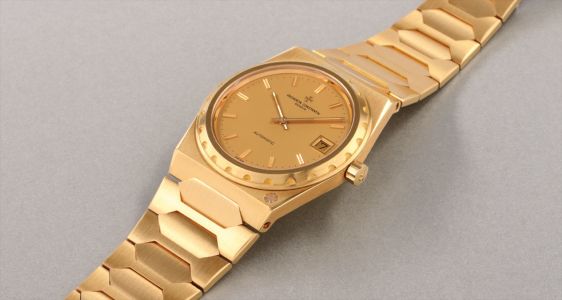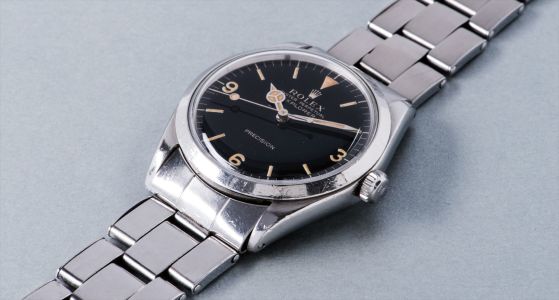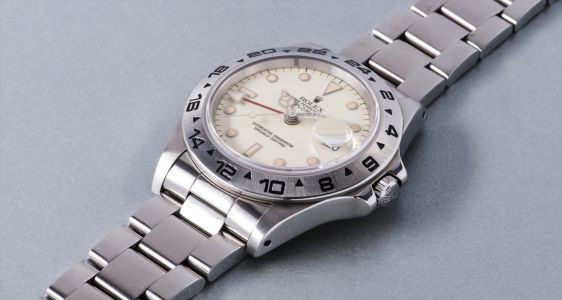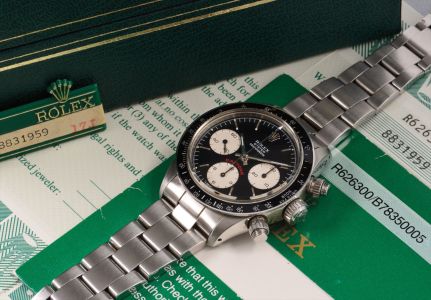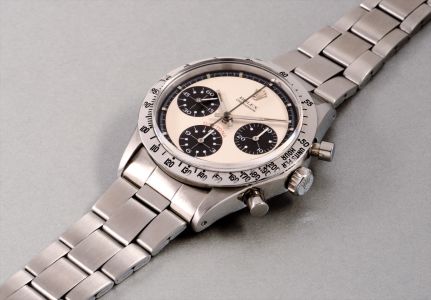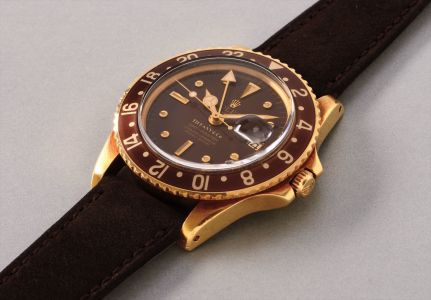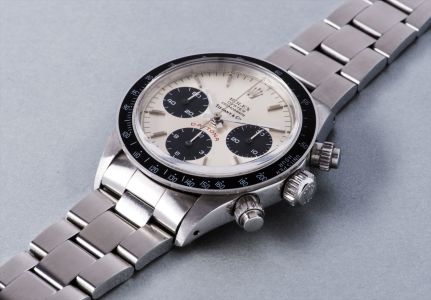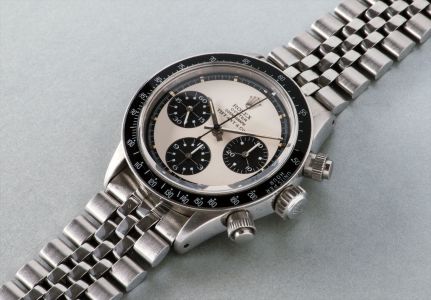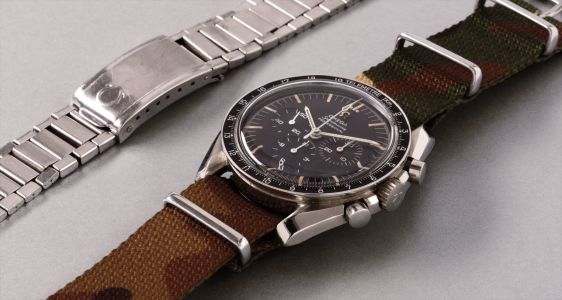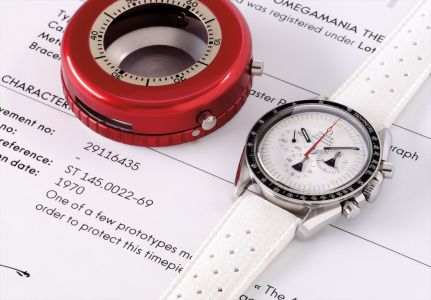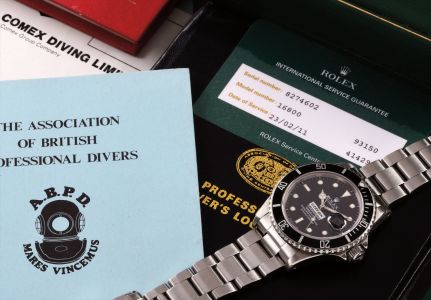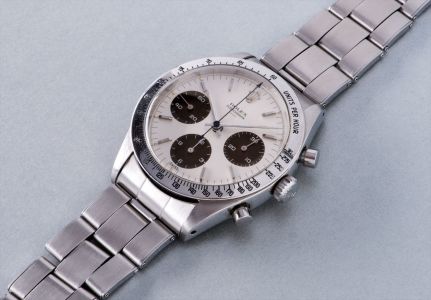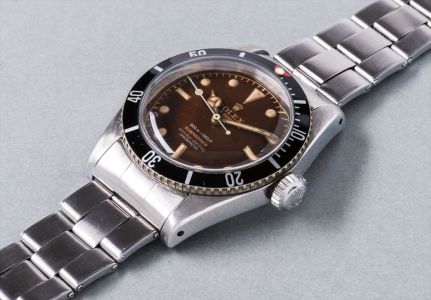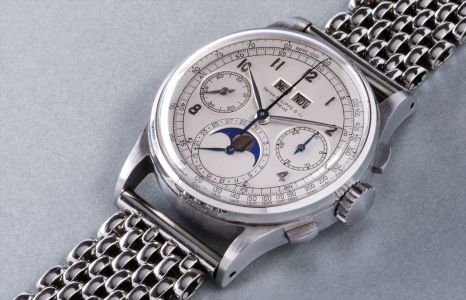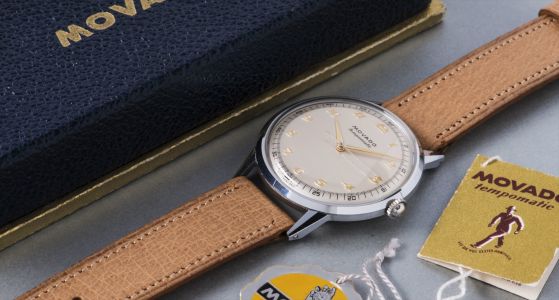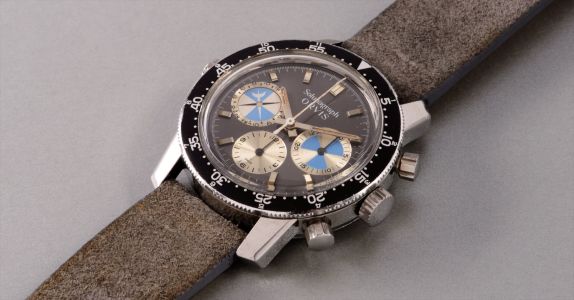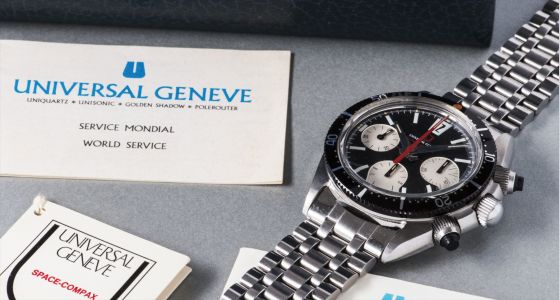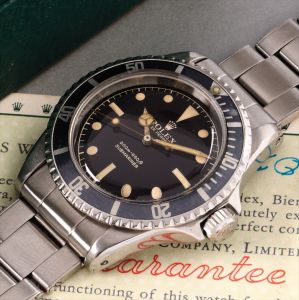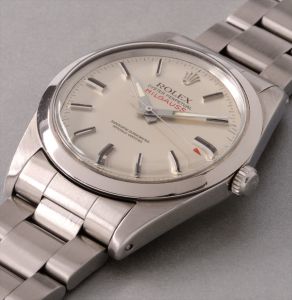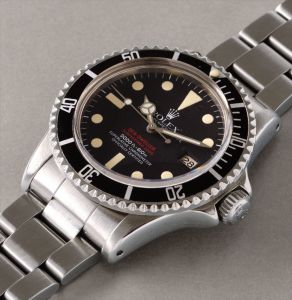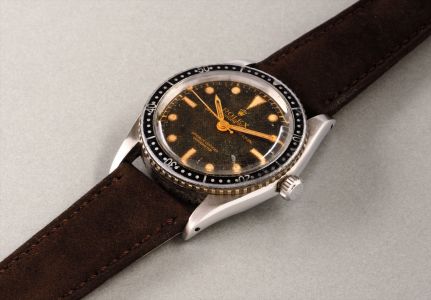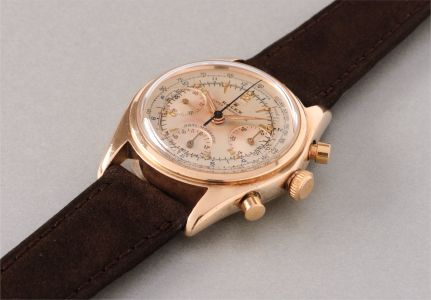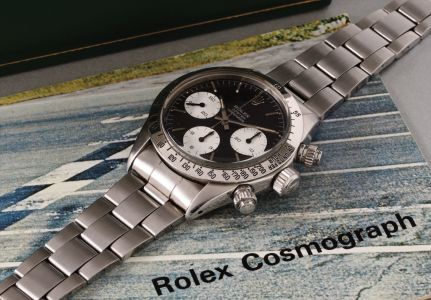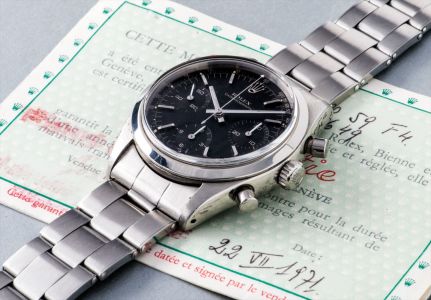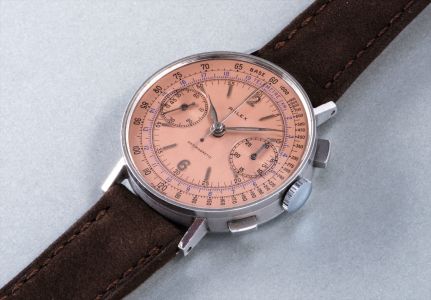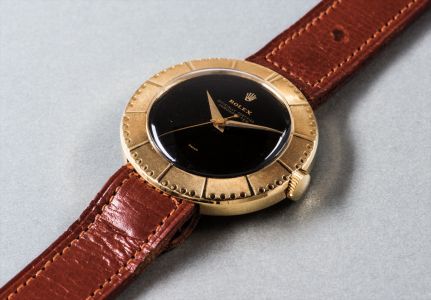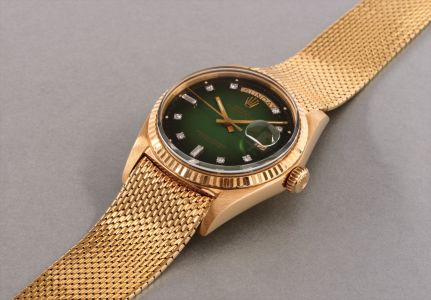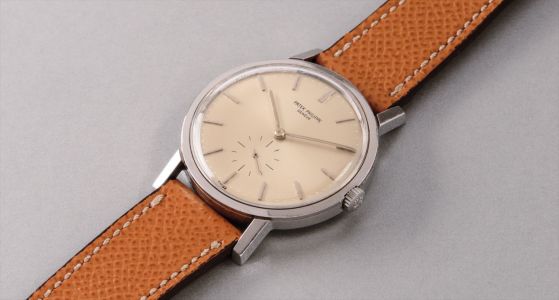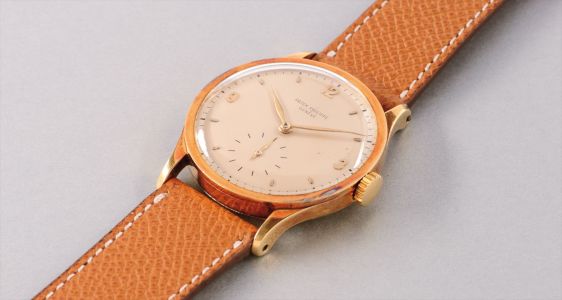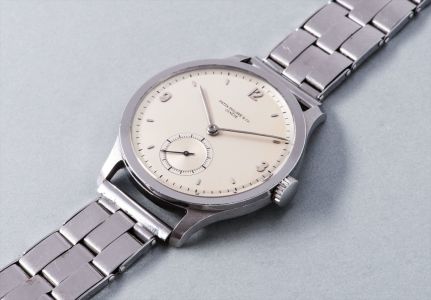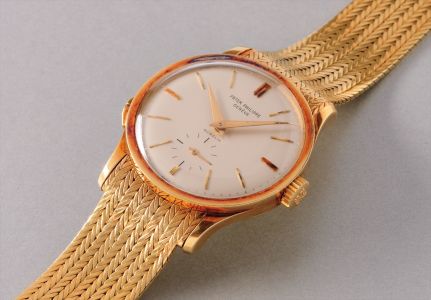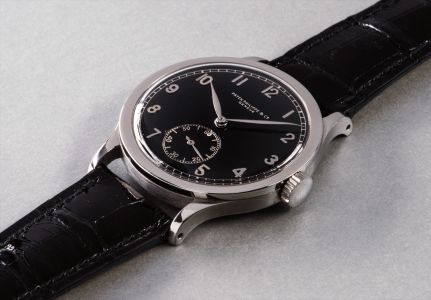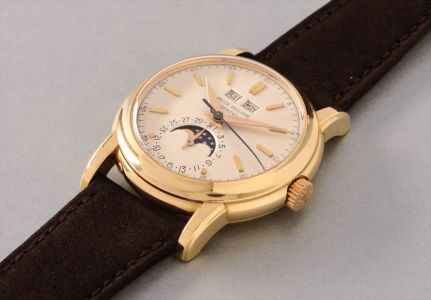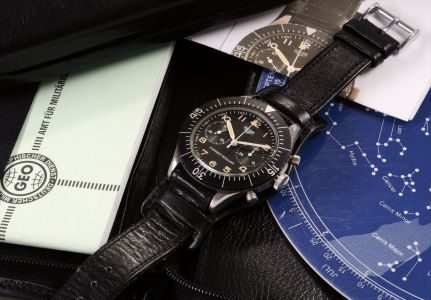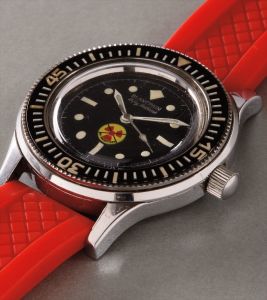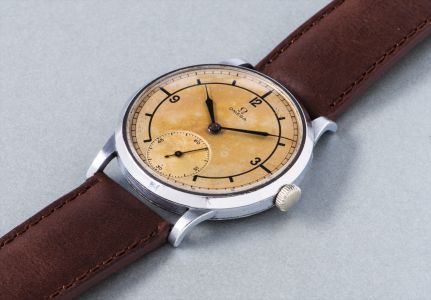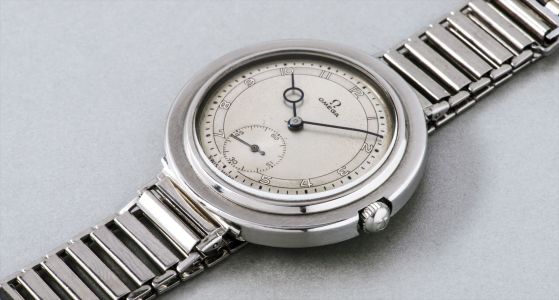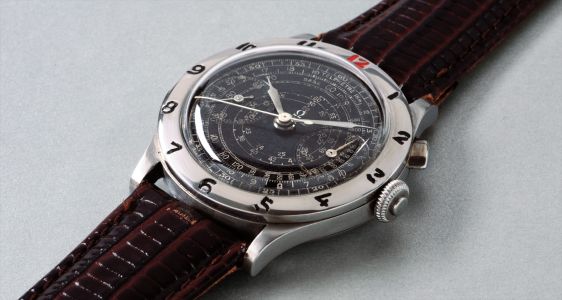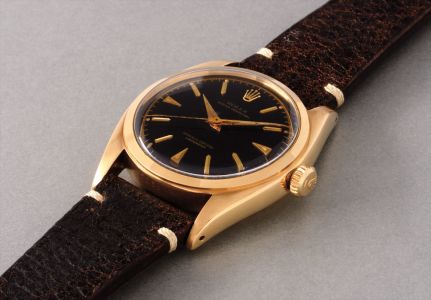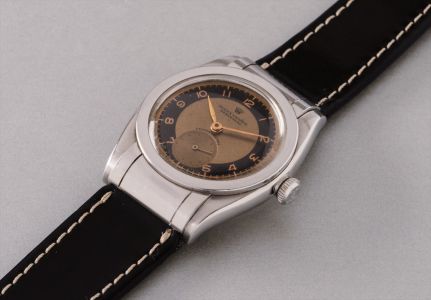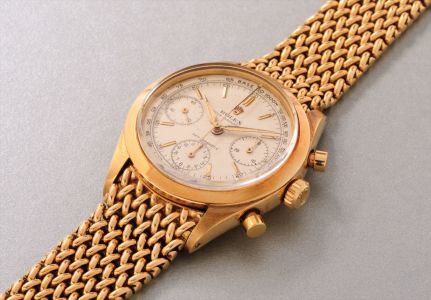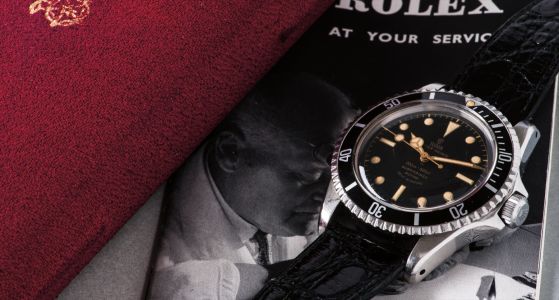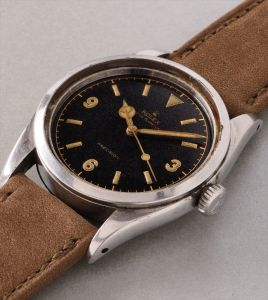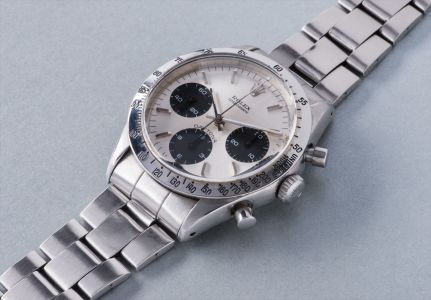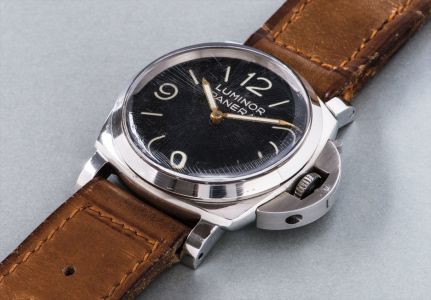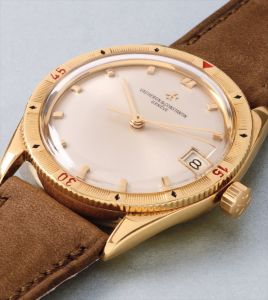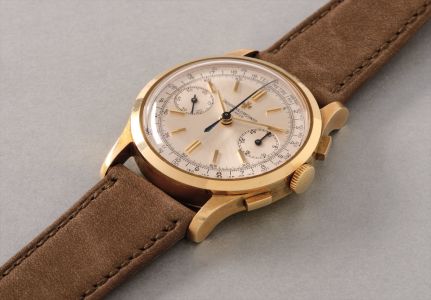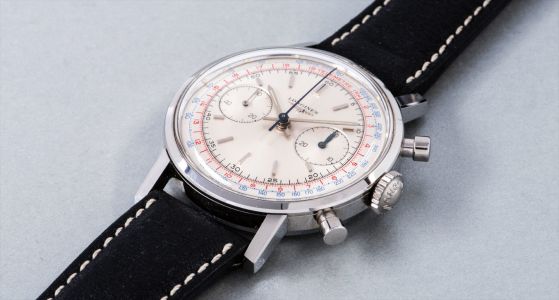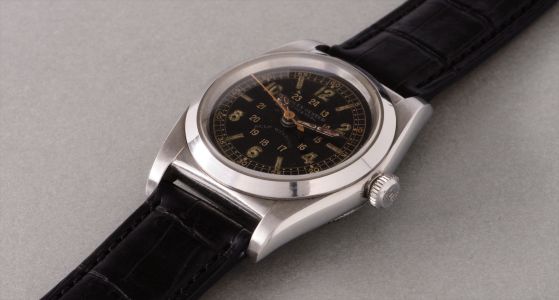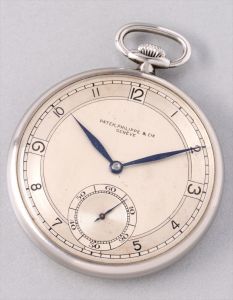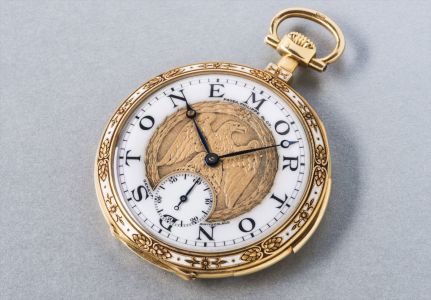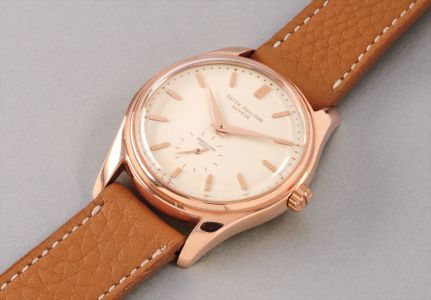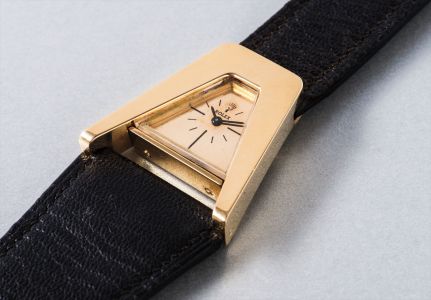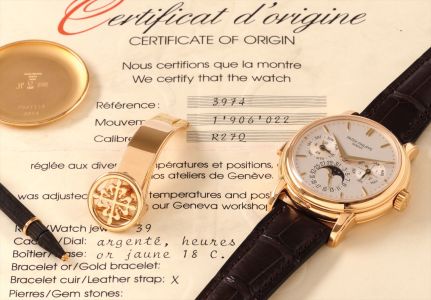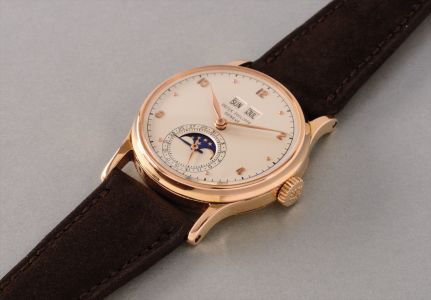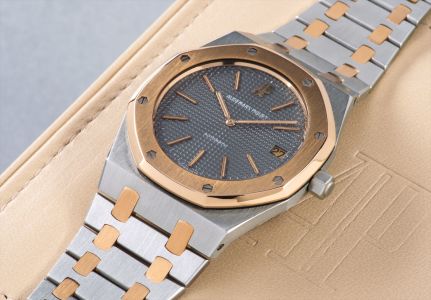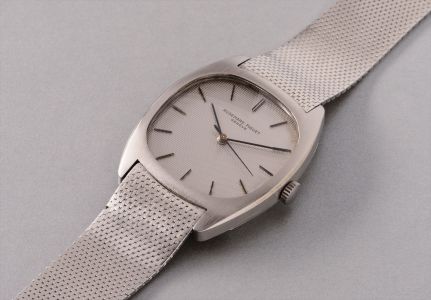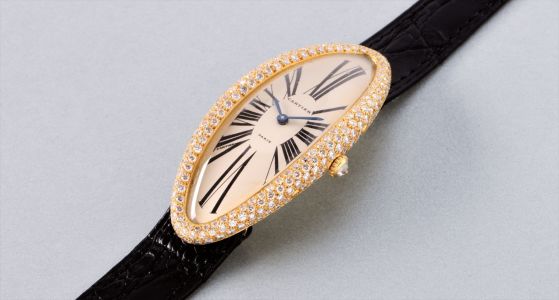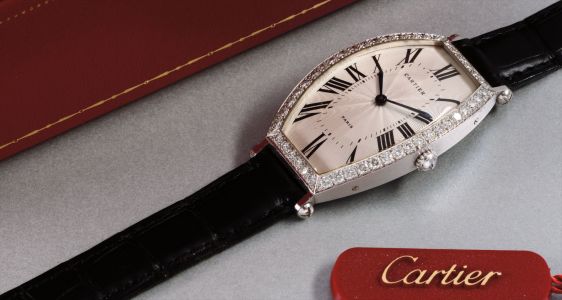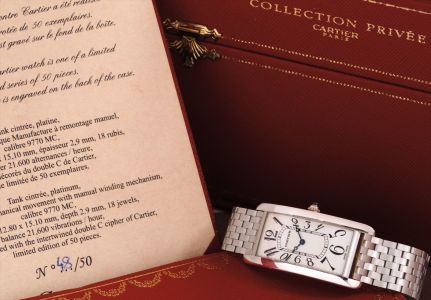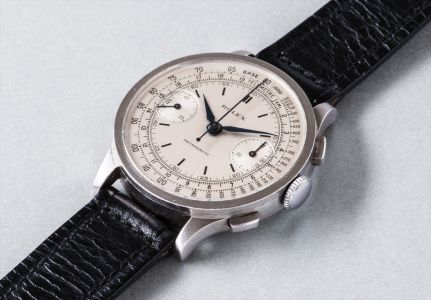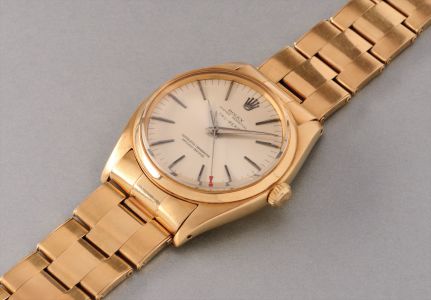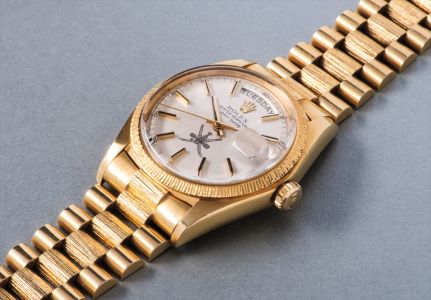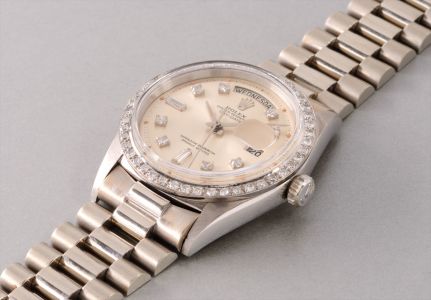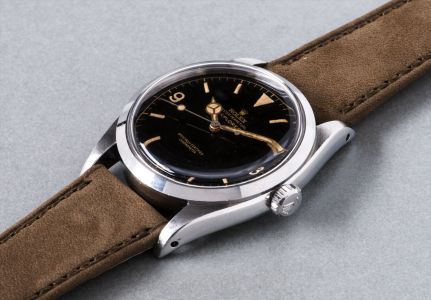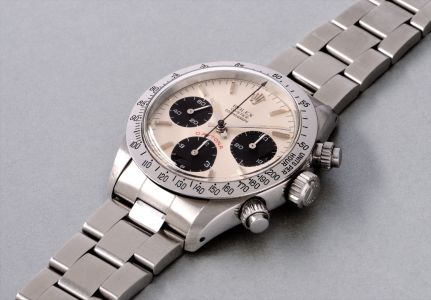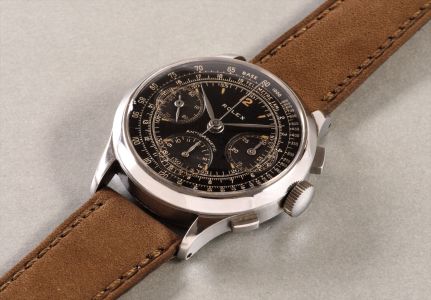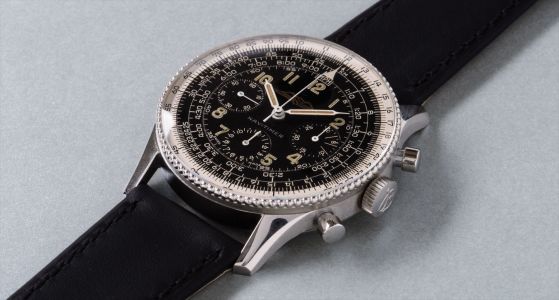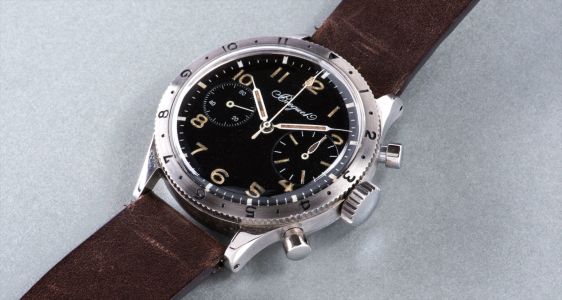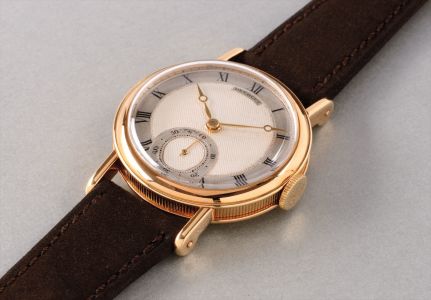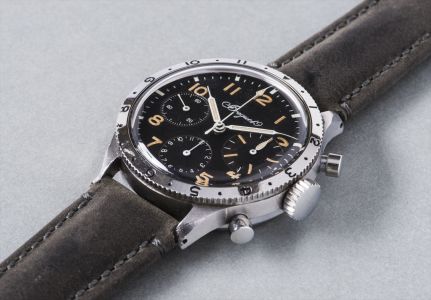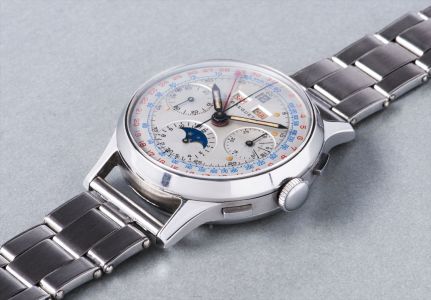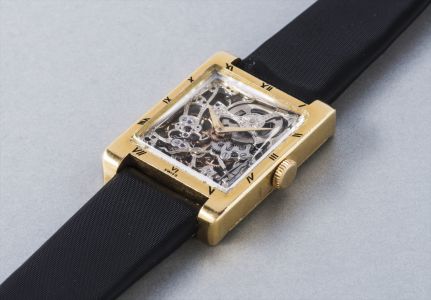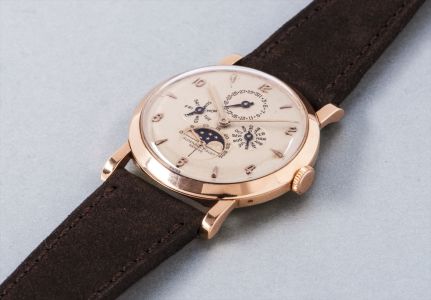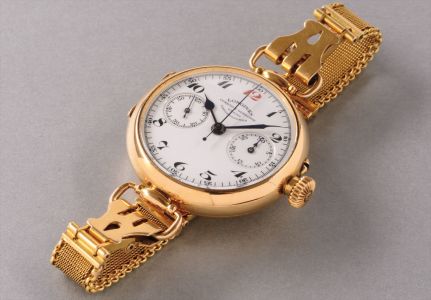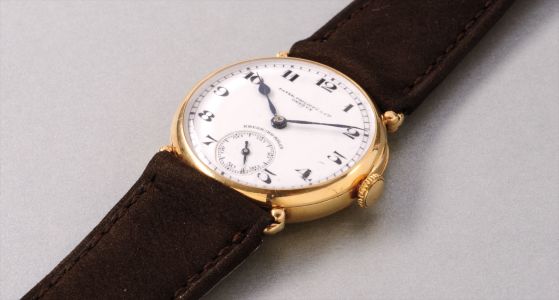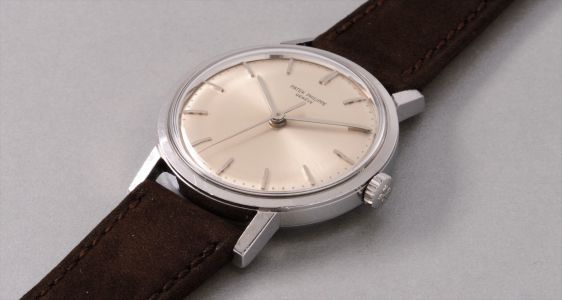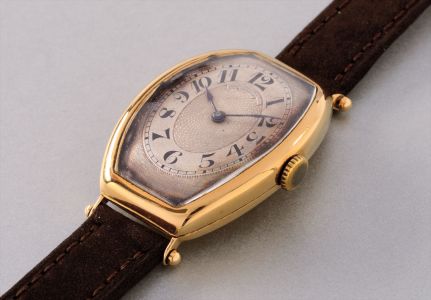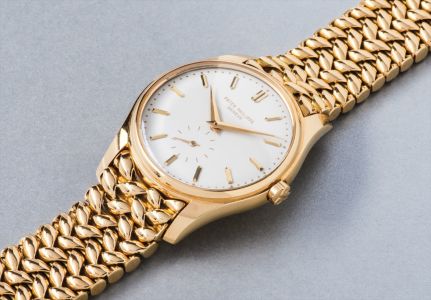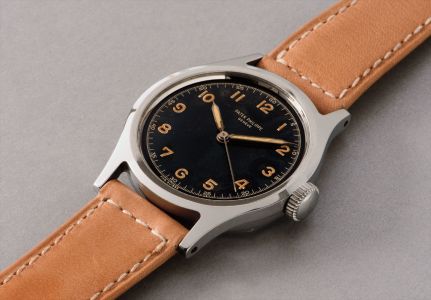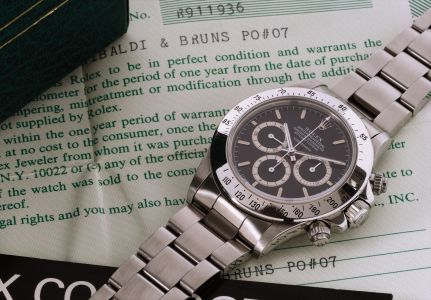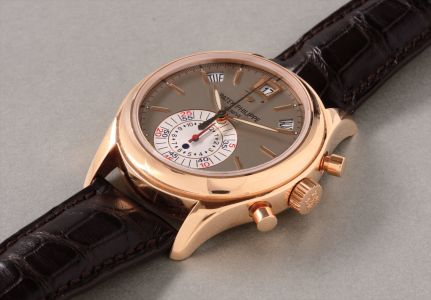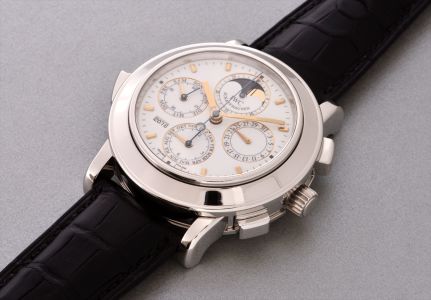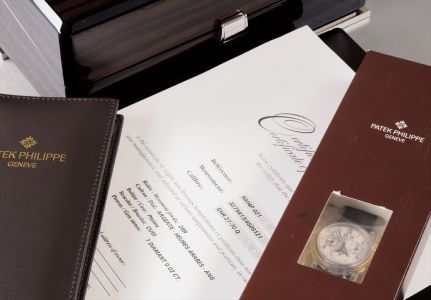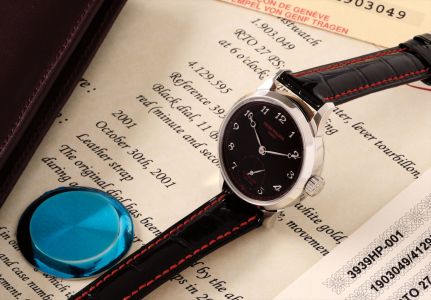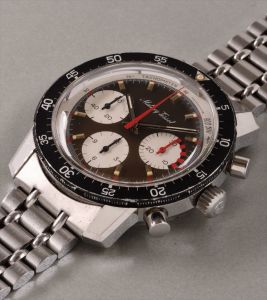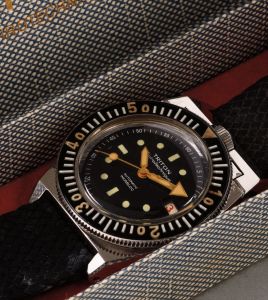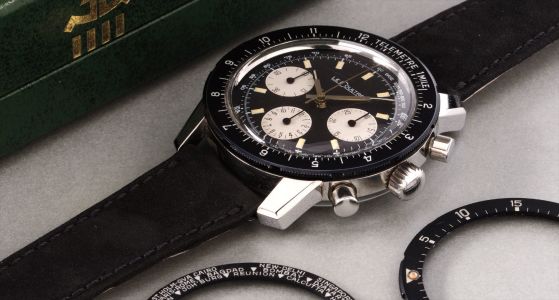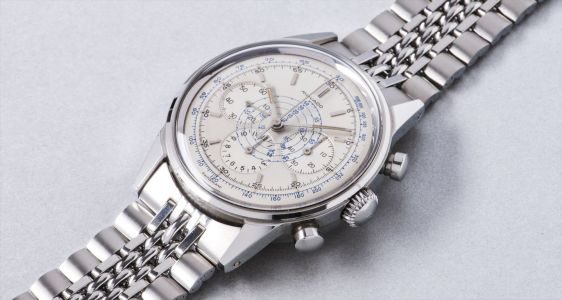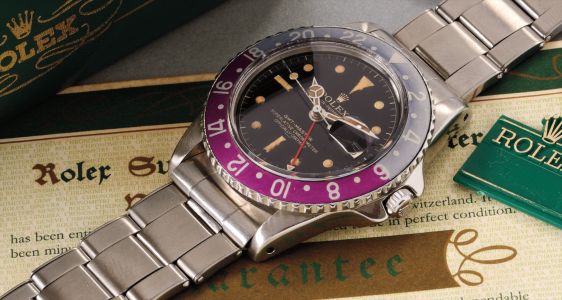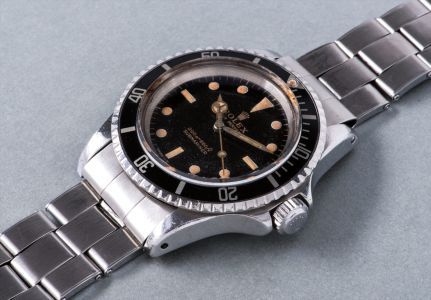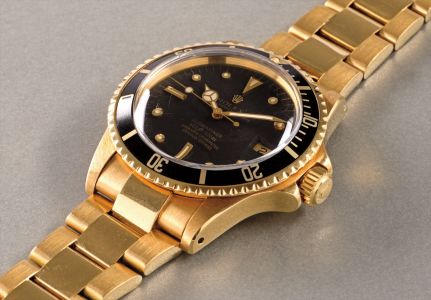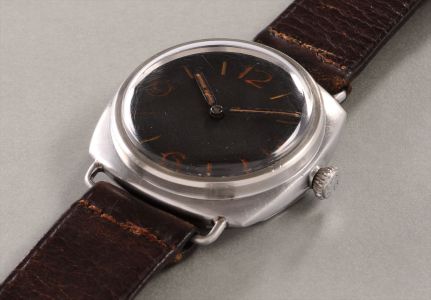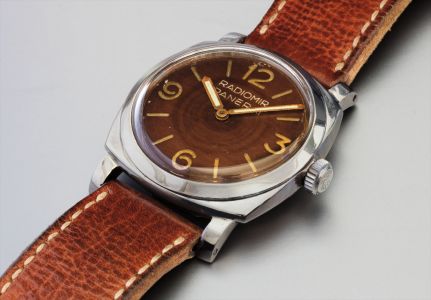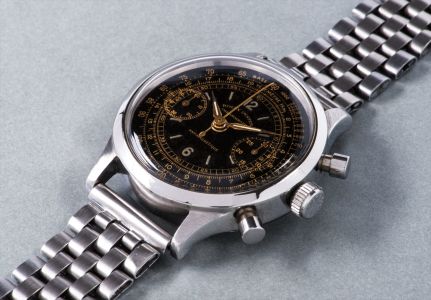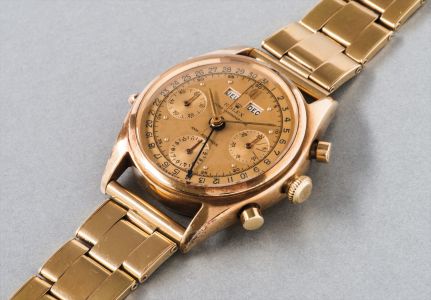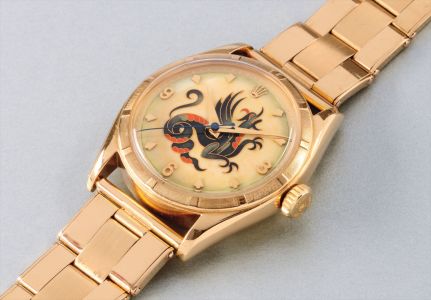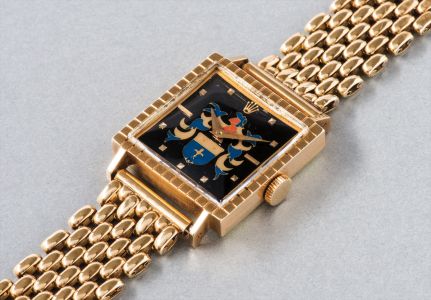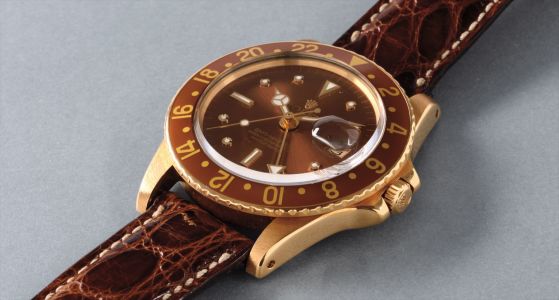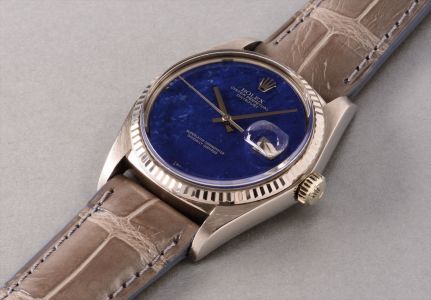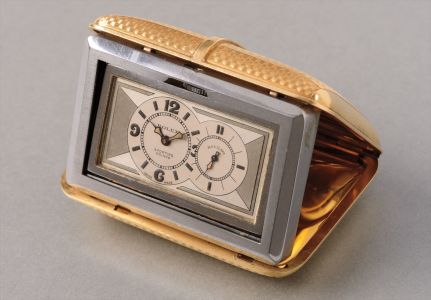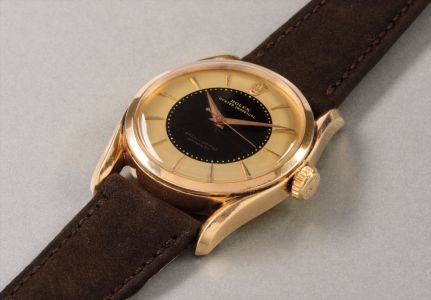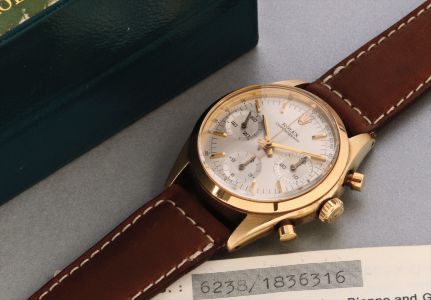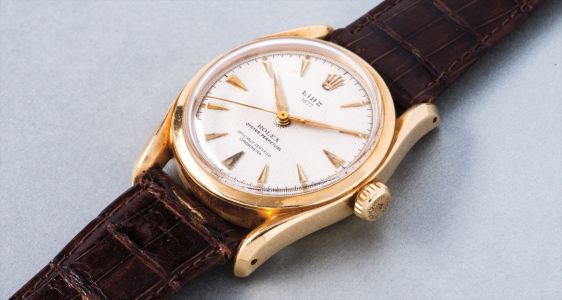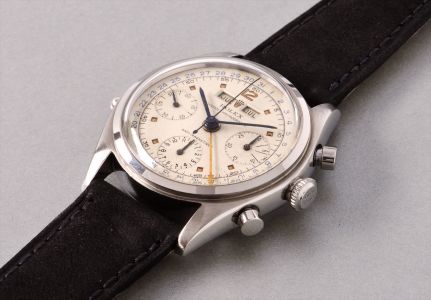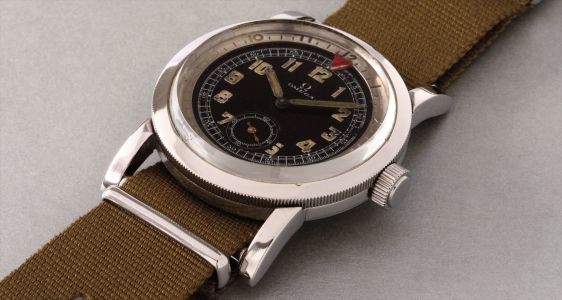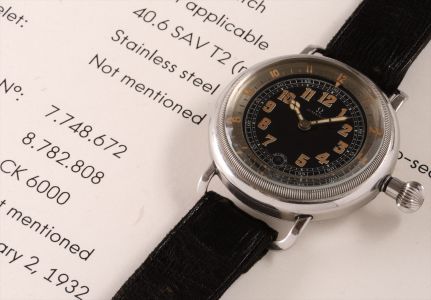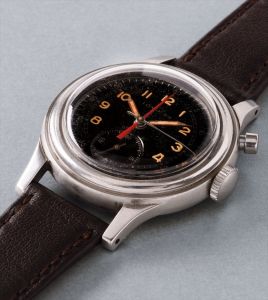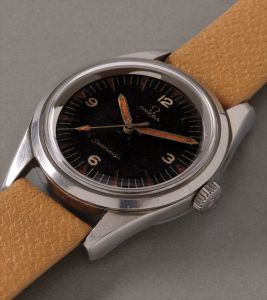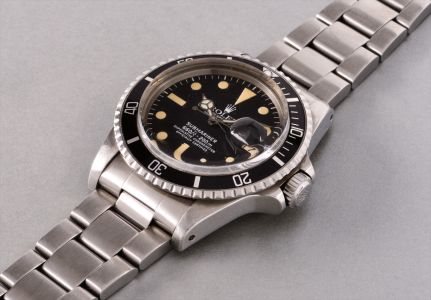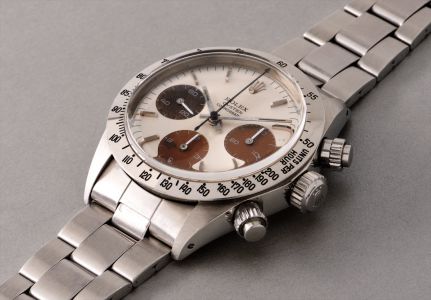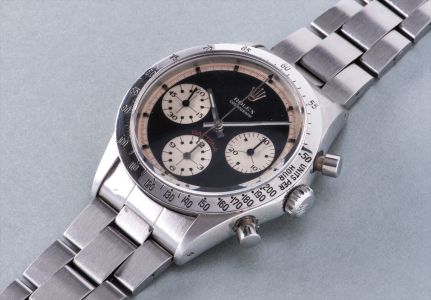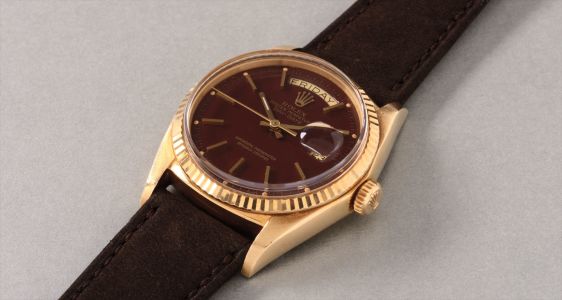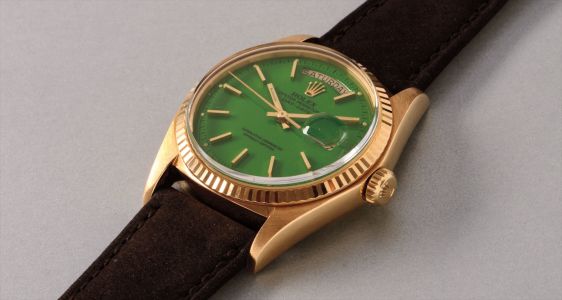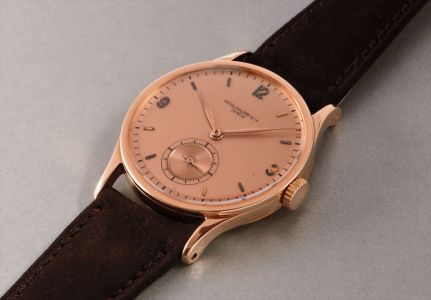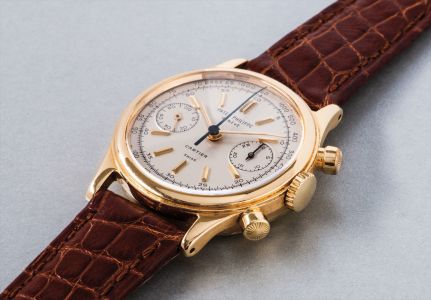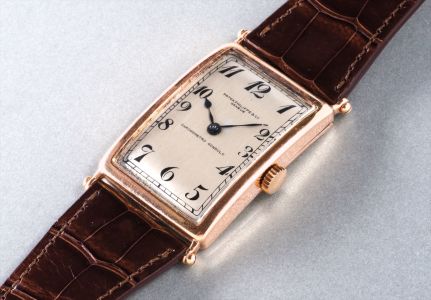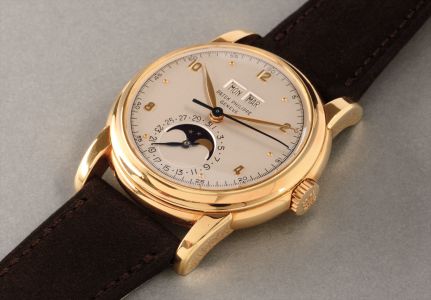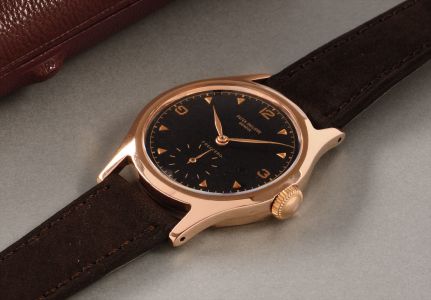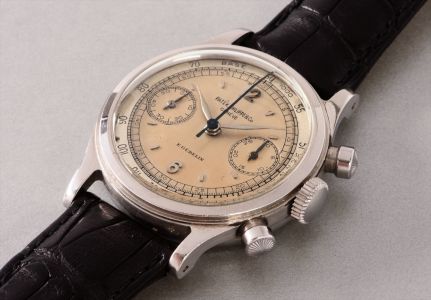When a Patek Philippe reference 1518 is offered for sale, collectors pay attention. For them, a lifelong dream is to own any example of the reference, but for the most experienced collectors, a pink gold example of reference 1518 is the ultimate summit to achieve.
But then, there is the stainless steel version. So rare that most collectors can’t even spontaneously say when the last one was at auction. So rare that most collectors have never actually seen one in the flesh. So rare that there isn’t an example in the world’s most important and complete collection of Patek Philippe watches: The Patek Philippe Museum in Geneva.
The present lot therefore presents a once in a lifetime opportunity to own one of less than a handful of timepieces that can be considered the ne plus ultra of collectible watches. Produced from 1941 to the early 1950s, reference 1518 was the breakthrough model that defined the state-of-the-art when it was introduced. In hindsight, it is easy to praise Patek Philippe for its successes, but when first introduced, there was no way the craftsmen at Patek Philippe knew they were laying the groundwork for a new standard in watch making. It was a tour-de-force of mechanical watchmaking. Integrating a full perpetual calendar with a chronograph, finished to the most meticulous degree possible, no other manufacturer except Patek Philippe could create such a timepiece in the form of a wristwatch during this era.
Reference 1518 was the company’s Renaissance, a rebirth of its founding principles of innovation married to tradition. The ‘innovation’ aspect of course being that reference 1518 became the world’s first perpetual chronograph wristwatch to ever be produced in a series by any manufacturer.
Of the 281 pieces made, the majority of reference 1518 was encased in yellow gold, while approximately 20% were cased in pink gold. Scholarship has shown that during the reference’s 14-year production run, a total of only four 1518s are publicly known today to have been completed and to exist today in stainless steel.
Amongst the four known examples, the present watch, until now, was the only one that had yet to appear at auction. Of the four, three were made in the first series of the 1518’s production, and one in the later series. The other three known examples remain closely held in private collections. Furthermore, this is the first time in over a decade that a stainless steel 1518 has been offered at auction. Since this watch’s rediscovery in the 1990s, it has resided in the most exclusive private collections in the world.
It was not until the 1970s that Patek Philippe began to regularly produce stainless steel watches in significant numbers. Cases made of gold and platinum - noble metals - were by far used to house the firm’s prestigious calibers. On rare occasion, stainless steel cased watches were requested by professionals, such as doctors and engineers, who wanted high quality, yet resilient watches that could withstand the daily wear and tear of their working lives.
Stainless steel is therefore by far the rarest case material that Patek Philippe chose to use during the mid-20th century for their complicated watches, considering the extremely high value of their movements. It is this utter scarcity, that today, some of the firm’s most important and valuable historic watches are those encased in steel. Steel complicated watches, for many, are the ultimate in distinction to collect.
The case maker Georges Croisier, later recognized as ‘Genevor SA’, manufactured the three stainless steel references made during the 1518s first production series.
Every detail that a collector would wish for, they will find within this example. In addition to the amazingly beautiful condition of this watch, the subtle nuances found within the parts are sure to impress watch scholars around the world.
The inner casebook is stamped with the serial number 508’473 and underneath the number ‘1’, indicating that this watch was the first reference 1518 in stainless steel ever made. Another interesting detail is the last three digits of the case, ‘473’, are engraved on the inner side of the stainless steel bezel.
The overall condition of the present example is in a word, remarkable. The case is, in our view, as strong as any steel wristwatch from the 1940’s could possibly be, with hardly any signs of wear or polishing. Sharp edges, pristine and intact brushed and polished surfaces have been perfectly preserved. The full proportions of the case are exactly as it left the factory in 1943, with all lugs incredibly sharp, the two chronograph pushers in superb condition, and the original crown fitted.
The spectacular dial, free of damage or harsh restoration, manufactured by Fabrique de Cadrans Stern Frères, is engraved on the back with the last four digits of the movement number. To take it even one step further, on the back of the weekday wheel and the month wheel, the undersides of the discs are engraved on the back with the entire movement number, ‘863’193’ - all of which was done by hand. The dial is breathtaking in its beauty, and superbly preserved for a watch of its age, The raised black hard enamel signature and scales are all crisp, well-defined, and in remarkable condition.
World War II introduced humanity to the idea of mass production on an unprecedented scale. Craftsmanship was no longer judged by its uniqueness but rather by its conformity. Perfection was viewed through the lens of ‘how easy is this to replace?’
Not the case at Patek Philippe. Perfection was in the details. In this instance, the tiny parts that make a watch tick are actually components of a watchmaker’s art - naked to the human eye. The world will change, but what we build in this world has the ability to leave its mark. The present watch, having survived so immaculately after 70 years, will no doubt impress a lasting memory on anyone fortunate enough to see it “in the metal”. This watch was manufactured in 1943, two years after the first reference 1518 was made. On February 22, 1944 the watch was sold to Joseph Lang of Budapest Hungary. Not even two months after Hungary had declared war on Germany, officially putting an end to the country’s cooperation with the Axis powers. The fate of the world was far from known. Tomorrow was not guaranteed but there was a sense of commitment to living in the present clearly demonstrated by Mr. Lang when he made his purchase. In 1944 when this watch was purchased, the retail price for a reference 1518 in stainless steel was 2,265 Swiss Francs - only 500 Swiss Francs less than the gold version of this model. Most remarkably, also the 2nd example of reference 1518 in stainless steel was delivered to Lang on the same day. It is a mystery for whom these two watches were destined. However, both watches resurfaced in Hungary between the mid-1990’s and 2000’s.
Given the watch’s supreme importance, it should come as no surprise that our opinion is also echoed by John Goldberger in his book, Patek Philippe Steel Watches. Mr. Goldberger dedicated four entire pages to this watch, giving it a prominent position inside his historical tome, a privilege only shared by the world’s best examples in their category, and subsequently some of the most important vintage watches in the world.
We can, without exaggeration, state that the present lot is quite possibly one, if not the most beautiful and important stainless steel wristwatch ever made by Patek Philippe. The impressive size, the superb complications it integrates, the immaculate condition, and its ultimate rarity come together to make this a watch that will exceed the demands of even the most demanding scholars, connoisseurs, and collectors.
It is the first time in over a decade that a stainless steel 1518 has appeared at auction, and it is quite possible that once it leaves us today, at least another decade will go by before another example is seen at auction.

